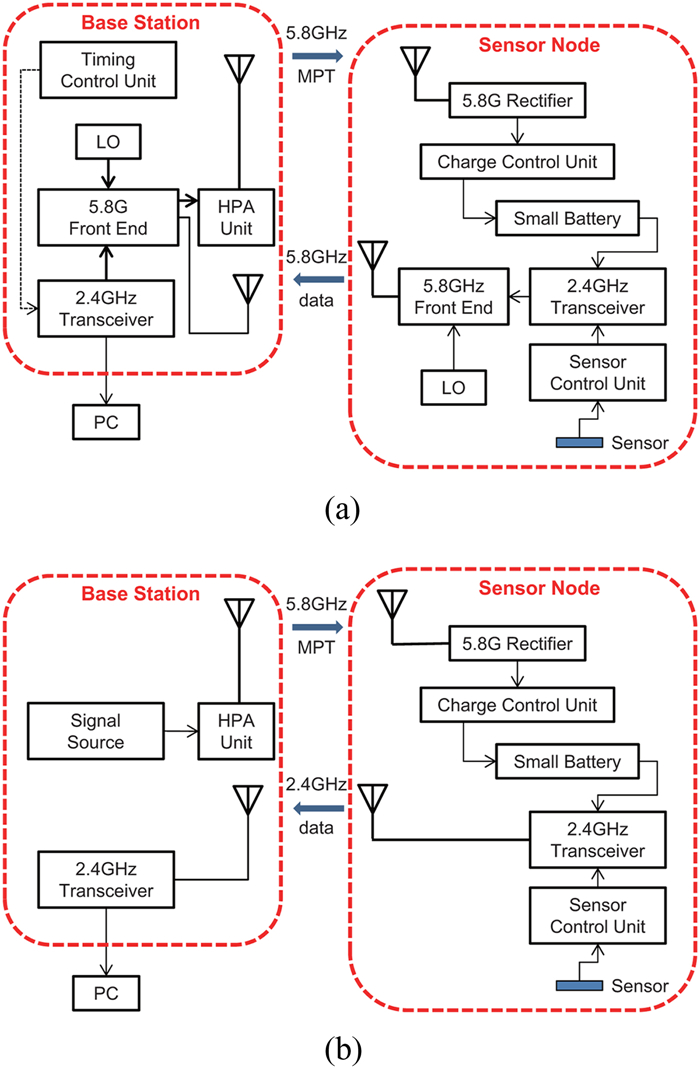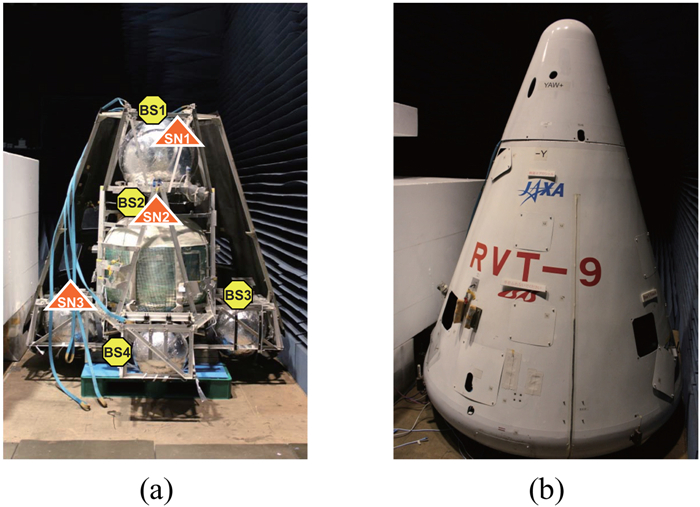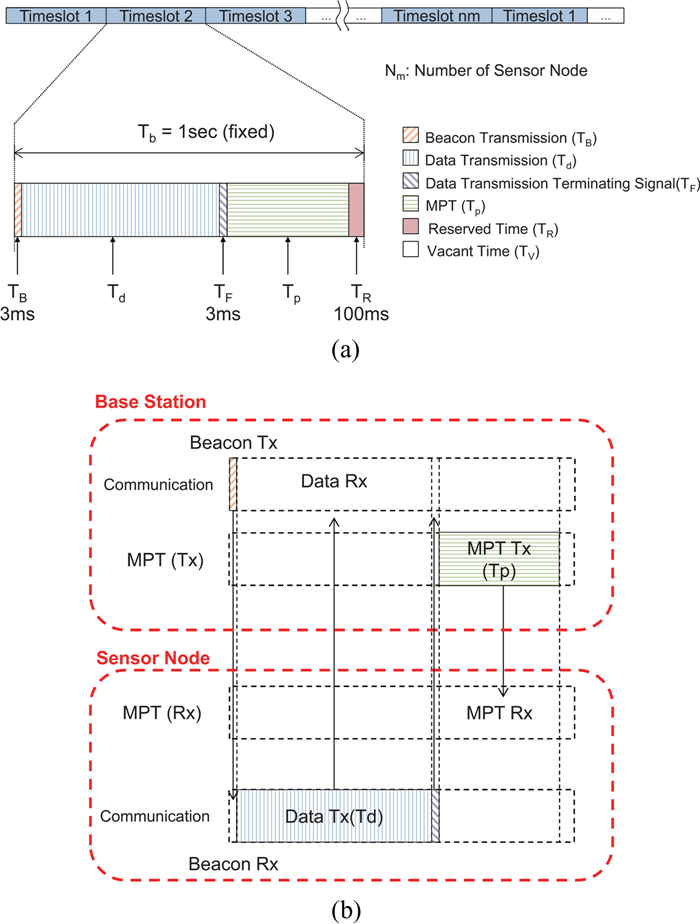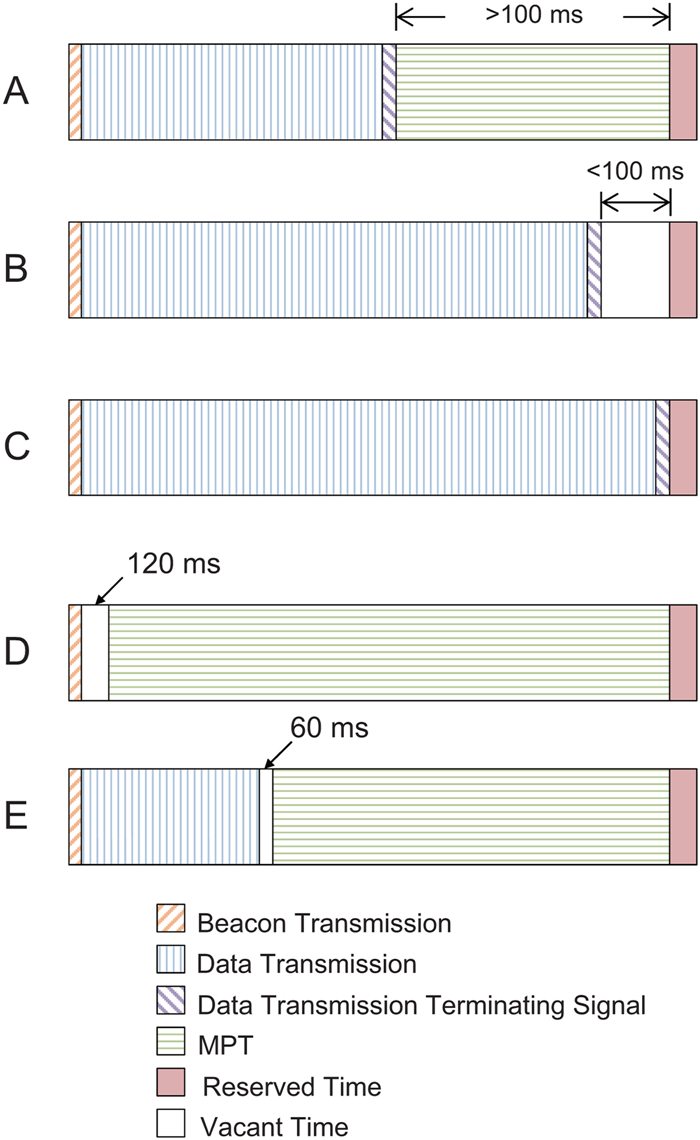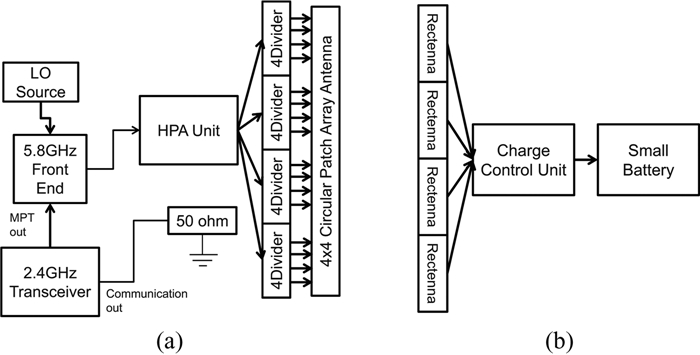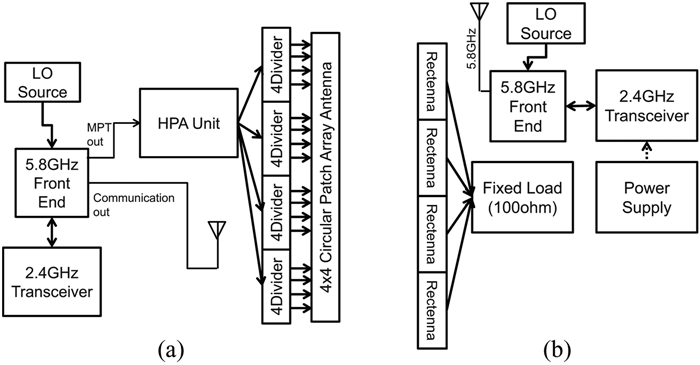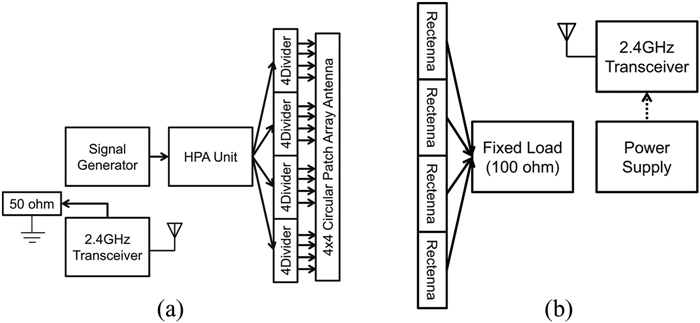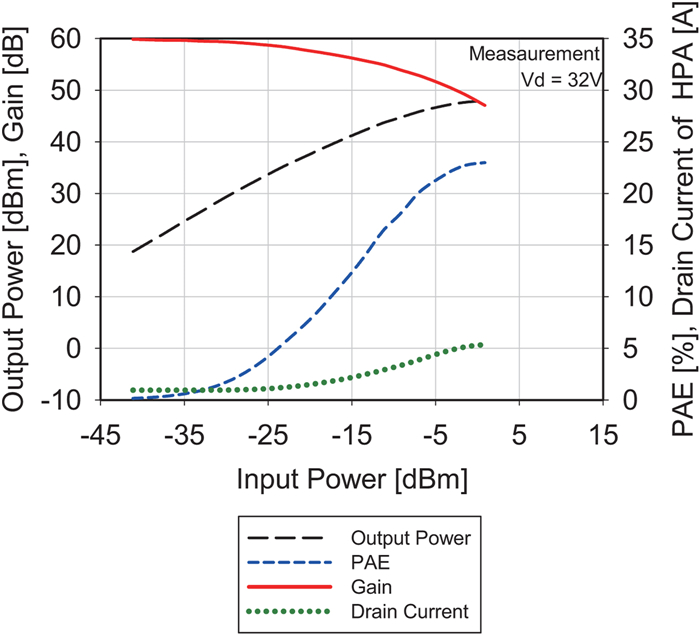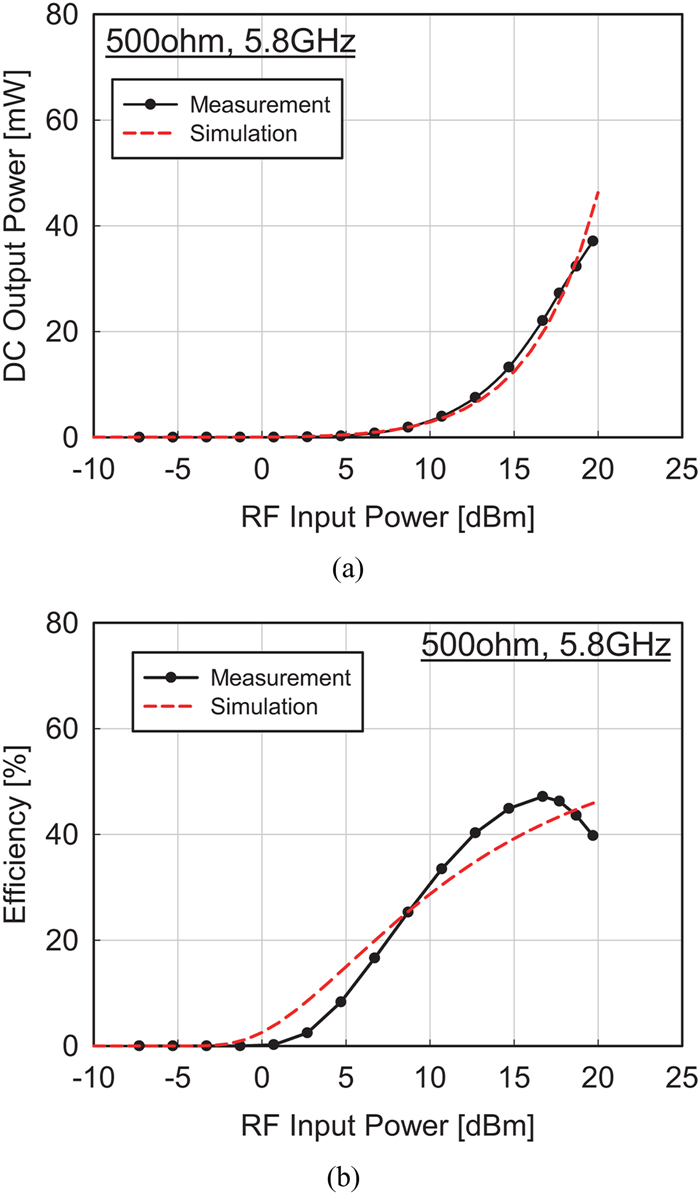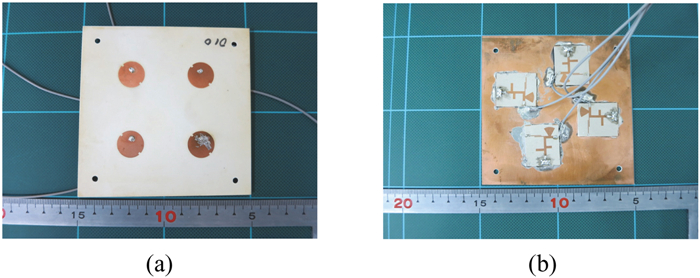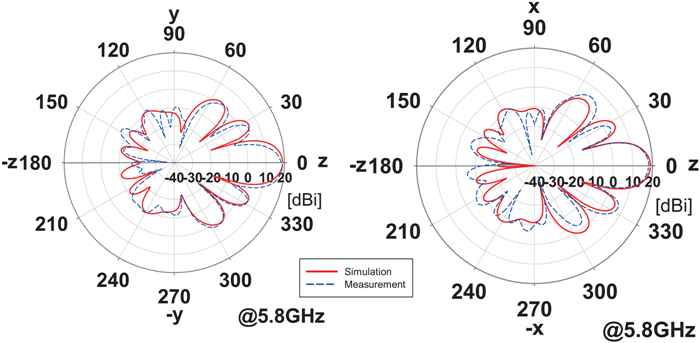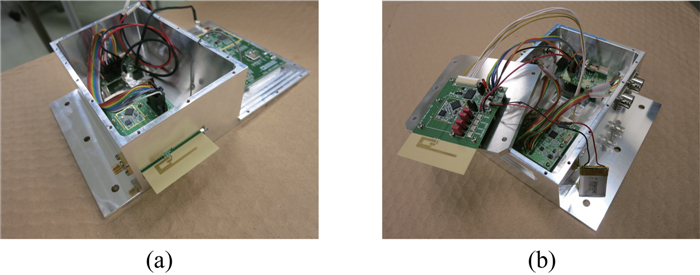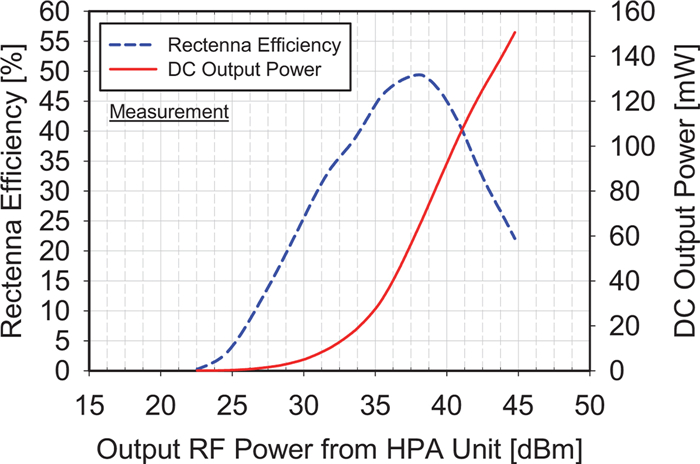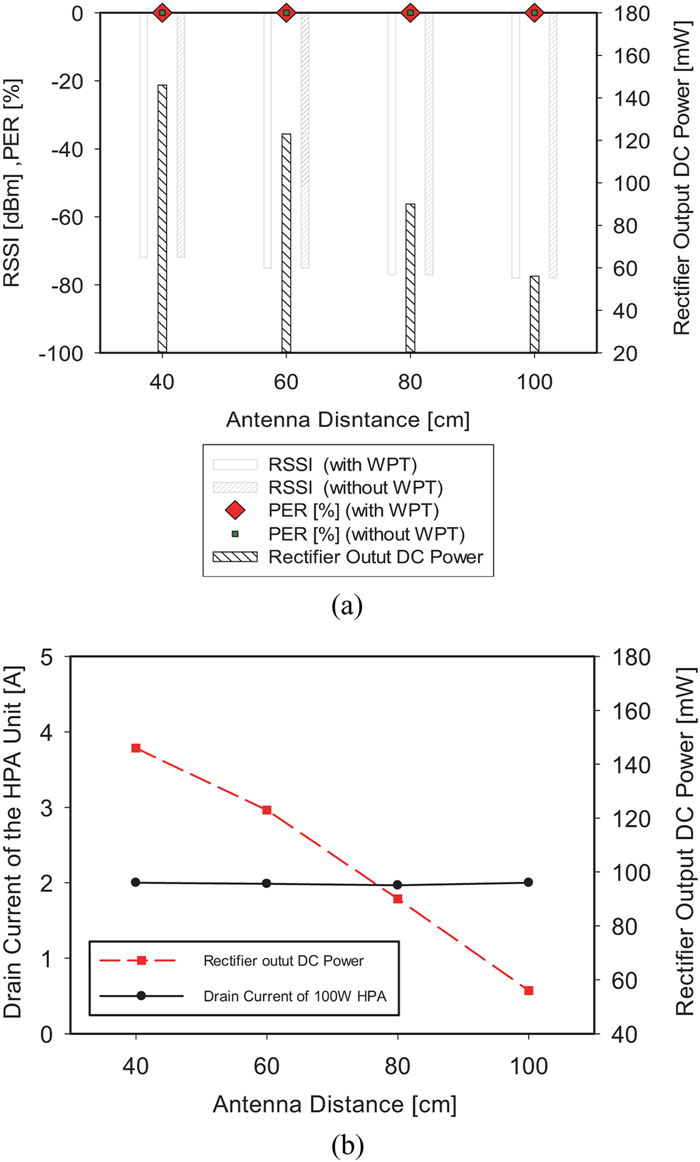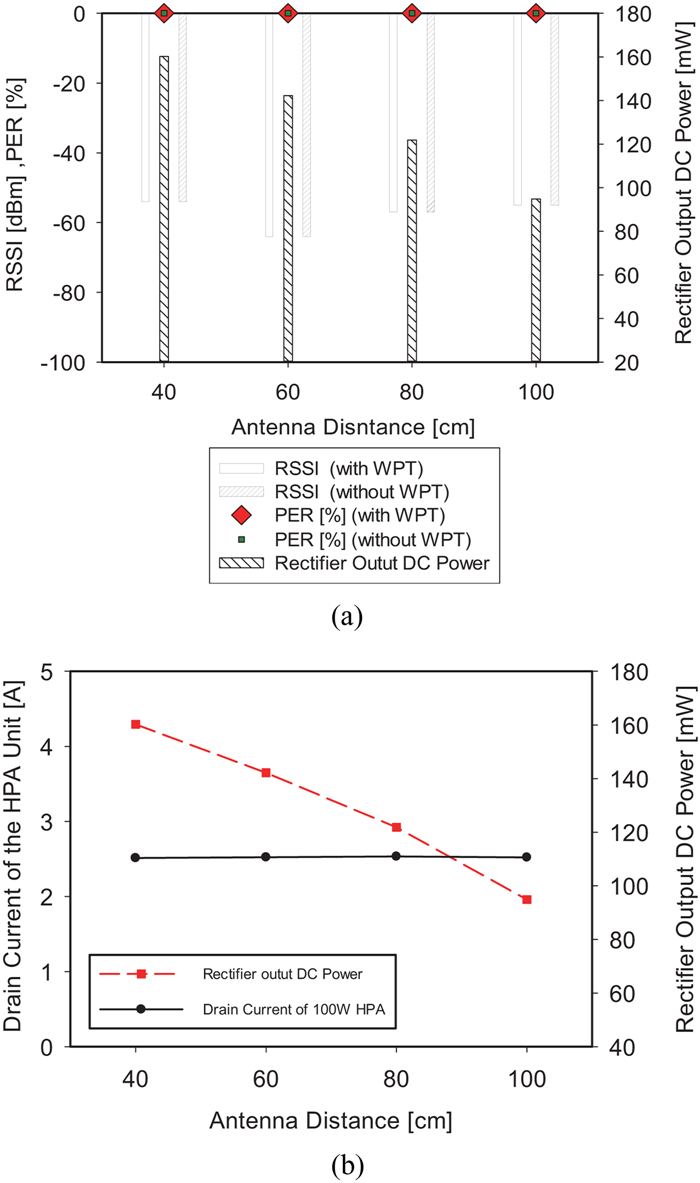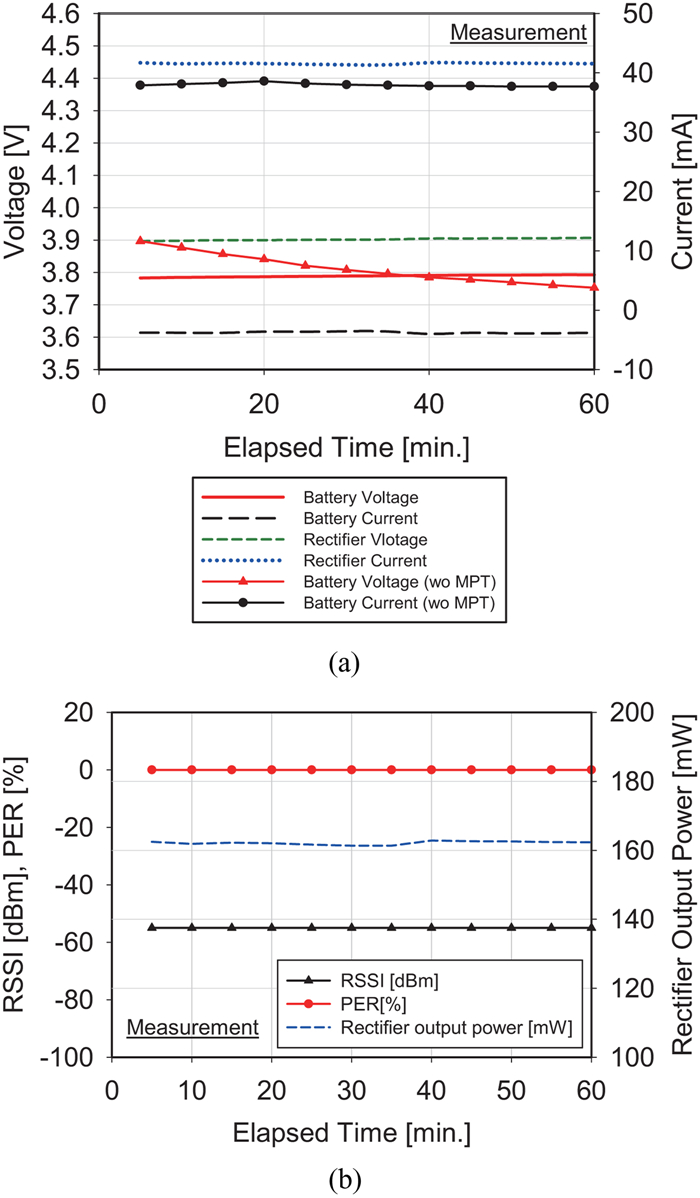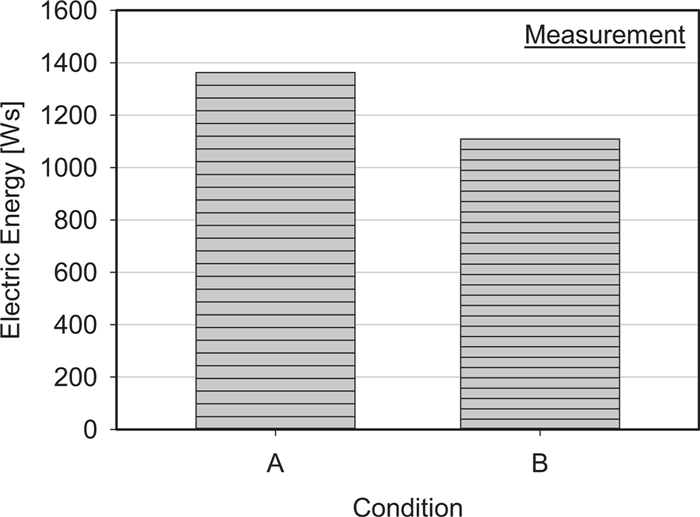The aerospace wireless sensor network system compatible with microwave power transmission by time- and frequency-division operations
-
1.
Institute of Space and Astronautical Science, Japan Aerospace Exploration Agency, 3-1-1 Yoshinodai, Chu-oh, Sagamihara 252-5210, Japan. Phone: +81 50 3362 5732
-
2.
Research Institute for Sustainable Humanosphere, Kyoto University, Gokasho, Uji, Kyoto 611-0011, Japan
More Information
-
Author Bio:
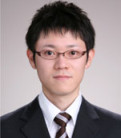 Satoshi Yoshida
Satoshi Yoshida was born in Saga, Japan, in 1984. He received his B.S., M.S., and Ph.D. degrees in Electrical and Communication Engineering from Tohoku University, Sendai, Japan in 2007, 2009, and 2012, respectively. He is currently an aerospace project research associate with the ISAS, JAXA. His main research interests include microwave power transfer system for space application, rectenna and high-power amplifier, active integrated antennas, and millimeter-wave antenna systems for space communication.
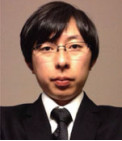 Naoki Hasegawa
Naoki Hasegawa was born in Aichi, Japan. He received his B.E. degree in Electrical and Electronic Engineering from Ritsumeikan University, Siga, Japan, and his M.E. degree in Electrical Engineering from Kyoto University, Kyoto, Japan, in 2011 and 2013, respectively. He is a member of the Institute of Electronics, Information, and Communication Engineers (IEICE), Japan.
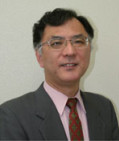 Shigeo Kawasaki
Shigeo Kawasaki received the B.S. and M.S. degrees in Electrical Engineering from Waseda University in 1979 and 1981, respectively and Ph.D. degree in Electrical Engineering from the University of California, Los Angeles (UCLA) in 1993. In 1990, he was the Research Assistant at The University of Texas, Austin. From 1991 to 1993, he was the Graduate Student Researcher at UCLA. Since April 1994, he has been with Tokai University, Japan as the Professor in the Department of Electrical and Electronics Engineering. In 1997, he was the Invited Visiting Scholar at UCLA and, in 1999, the Invited Visiting Professor at California Institute of Technology, respectively. In 2004, he temporally joined as the Adjunct Professor in University of Hawaii at Manoa, USA and joined as the Professor in the Research Institute for Sustainable Humanosphere, Kyoto University, Japan. From October of 2008, he has joined as the Professor in ISAS/JAXA, Sagamihara, Japan. His research activities include the microwave and millimeter-wave active integrated antenna technique, its optical control, the nonlinear active device modeling, high-power integrated circuits, an active phased array antenna, and an electromagnetic analysis for a microwave simulator
-
Corresponding author:
S. Kawasaki Email: kawasaki.shigeo@jaxa.jp
-
Abstract
A novel wireless sensor network system with compatibility of microwave power transmission (MPT) using a Gallium Nitride (GaN) power amplifier has been fabricated and tested. The sensor node operates using electrical power supplied by the MPT system. Time- and frequency-division operations are proposed for the compatibility. Under the frequency-division operation, receiving signal strength indicator of −85 dBm and packet error rate of < 1% were measured when the available DC power of a rectifier with 160 mW output power. Under 120-min measurement, sustainable power balance between radio-frequency–DC conversion and power consumption in stable operation of the sensor node was achieved.
-
About this article
Cite this article
Yoshida S, Hasegawa N, Kawasaki S. 2015. The aerospace wireless sensor network system compatible with microwave power transmission by time- and frequency-division operations. Wireless Power Transfer 2(1): 3-14 doi: 10.1017/wpt.2015.2
|
Yoshida S, Hasegawa N, Kawasaki S. 2015. The aerospace wireless sensor network system compatible with microwave power transmission by time- and frequency-division operations. Wireless Power Transfer 2(1): 3-14 doi: 10.1017/wpt.2015.2
|









 Satoshi Yoshida was born in Saga, Japan, in 1984. He received his B.S., M.S., and Ph.D. degrees in Electrical and Communication Engineering from Tohoku University, Sendai, Japan in 2007, 2009, and 2012, respectively. He is currently an aerospace project research associate with the ISAS, JAXA. His main research interests include microwave power transfer system for space application, rectenna and high-power amplifier, active integrated antennas, and millimeter-wave antenna systems for space communication.
Satoshi Yoshida was born in Saga, Japan, in 1984. He received his B.S., M.S., and Ph.D. degrees in Electrical and Communication Engineering from Tohoku University, Sendai, Japan in 2007, 2009, and 2012, respectively. He is currently an aerospace project research associate with the ISAS, JAXA. His main research interests include microwave power transfer system for space application, rectenna and high-power amplifier, active integrated antennas, and millimeter-wave antenna systems for space communication.  Naoki Hasegawa was born in Aichi, Japan. He received his B.E. degree in Electrical and Electronic Engineering from Ritsumeikan University, Siga, Japan, and his M.E. degree in Electrical Engineering from Kyoto University, Kyoto, Japan, in 2011 and 2013, respectively. He is a member of the Institute of Electronics, Information, and Communication Engineers (IEICE), Japan.
Naoki Hasegawa was born in Aichi, Japan. He received his B.E. degree in Electrical and Electronic Engineering from Ritsumeikan University, Siga, Japan, and his M.E. degree in Electrical Engineering from Kyoto University, Kyoto, Japan, in 2011 and 2013, respectively. He is a member of the Institute of Electronics, Information, and Communication Engineers (IEICE), Japan.  Shigeo Kawasaki received the B.S. and M.S. degrees in Electrical Engineering from Waseda University in 1979 and 1981, respectively and Ph.D. degree in Electrical Engineering from the University of California, Los Angeles (UCLA) in 1993. In 1990, he was the Research Assistant at The University of Texas, Austin. From 1991 to 1993, he was the Graduate Student Researcher at UCLA. Since April 1994, he has been with Tokai University, Japan as the Professor in the Department of Electrical and Electronics Engineering. In 1997, he was the Invited Visiting Scholar at UCLA and, in 1999, the Invited Visiting Professor at California Institute of Technology, respectively. In 2004, he temporally joined as the Adjunct Professor in University of Hawaii at Manoa, USA and joined as the Professor in the Research Institute for Sustainable Humanosphere, Kyoto University, Japan. From October of 2008, he has joined as the Professor in ISAS/JAXA, Sagamihara, Japan. His research activities include the microwave and millimeter-wave active integrated antenna technique, its optical control, the nonlinear active device modeling, high-power integrated circuits, an active phased array antenna, and an electromagnetic analysis for a microwave simulator
Shigeo Kawasaki received the B.S. and M.S. degrees in Electrical Engineering from Waseda University in 1979 and 1981, respectively and Ph.D. degree in Electrical Engineering from the University of California, Los Angeles (UCLA) in 1993. In 1990, he was the Research Assistant at The University of Texas, Austin. From 1991 to 1993, he was the Graduate Student Researcher at UCLA. Since April 1994, he has been with Tokai University, Japan as the Professor in the Department of Electrical and Electronics Engineering. In 1997, he was the Invited Visiting Scholar at UCLA and, in 1999, the Invited Visiting Professor at California Institute of Technology, respectively. In 2004, he temporally joined as the Adjunct Professor in University of Hawaii at Manoa, USA and joined as the Professor in the Research Institute for Sustainable Humanosphere, Kyoto University, Japan. From October of 2008, he has joined as the Professor in ISAS/JAXA, Sagamihara, Japan. His research activities include the microwave and millimeter-wave active integrated antenna technique, its optical control, the nonlinear active device modeling, high-power integrated circuits, an active phased array antenna, and an electromagnetic analysis for a microwave simulator 


